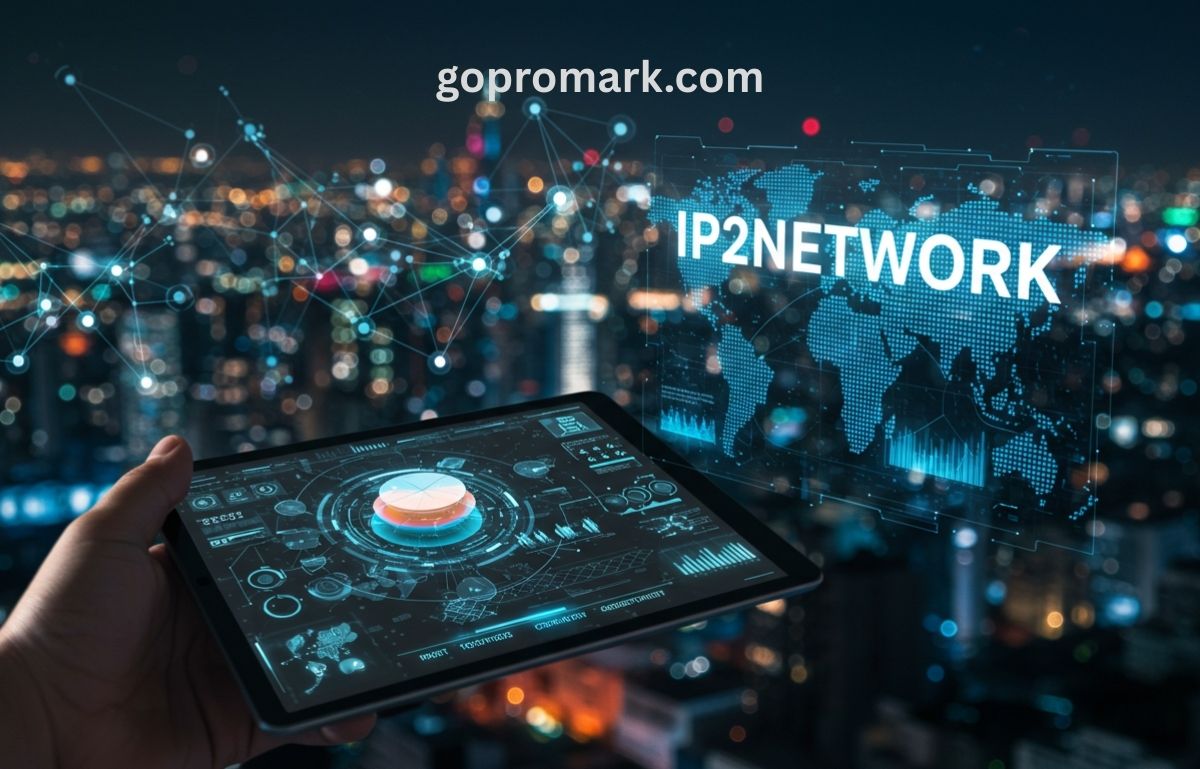The digital age is built on seamless communication, and IP2Network has emerged as an innovative concept that redefines how networks function. In an era where businesses, developers, and users require secure, fast, and reliable connections, IP2Network provides a framework that goes beyond traditional networking. This article explores what IP2Network is, its features, advantages, applications, and why it has become an essential part of the evolving internet landscape.
Understanding IP2Network
At its core, IP2Network can be described as a modernized networking solution that leverages IP (Internet Protocol) infrastructure to create optimized communication pathways. Unlike conventional networking models, IP2Network emphasizes adaptability, efficiency, and integration with both centralized and decentralized systems.
The rise of smart technologies, cloud computing, and IoT (Internet of Things) has made standard network systems insufficient. This is where IP2Network plays a critical role by providing a more flexible and scalable solution.
The Purpose of IP2Network
The main purpose of IP2Network is to bridge gaps between different communication protocols and ensure that devices and systems can interact without barriers. It offers:
-
Enhanced connectivity across multiple platforms.
-
Secure communication between users and networks.
-
Scalability to adapt to growing digital demands.
-
Flexibility to integrate with modern cloud and blockchain infrastructures.
This makes IP2Network not only a technical upgrade but also a practical solution for industries moving toward digital-first ecosystems.
Key Features of IP2Network
Every advanced technology thrives on its features, and IP2Network is no different. Some of its most important characteristics include:
1. Scalability and Flexibility
IP2Network can handle increasing demands without compromising performance. This is vital for enterprises managing large-scale data traffic.
2. Security Enhancements
With cybersecurity threats growing, IP2Network incorporates encryption and advanced authentication mechanisms to protect data integrity.
3. Cross-Platform Integration
Whether it’s cloud computing, blockchain systems, or IoT devices, IP2Network provides compatibility across multiple platforms.
4. Real-Time Communication
Low-latency pathways ensure real-time interaction, a must-have for industries like finance, healthcare, and gaming.
5. Cost-Efficiency
By optimizing routes and reducing unnecessary overheads, IP2Network helps organizations save resources while maintaining performance.
Benefits of IP2Network
The adoption of brings a wide range of benefits:
-
Improved User Experience: Smooth, uninterrupted access to online services.
-
Global Connectivity: Bridges gaps between different regions and protocols.
-
Future-Ready Infrastructure: Prepares networks for next-gen applications like AI, blockchain, and 5G.
-
Enhanced Productivity: Businesses experience faster workflows and reduced downtimes.
These advantages make a strategic investment for companies aiming to remain competitive in the digital era.
Applications of IP2Network
The real-world applications of are vast and growing. Some key sectors where it plays a role include:
1. Cloud Computing
IP2Network enhances how businesses interact with cloud services by ensuring smooth communication and secure access.
2. Internet of Things (IoT)
IoT devices rely on constant connectivity. ensures stable and reliable communication among millions of devices.
3. Financial Services
Banks and fintech firms leverage for real-time transactions, fraud detection, and secure communications.
4. Healthcare
With telemedicine and digital health records, provides secure, low-latency communication between providers and patients.
5. Entertainment and Gaming
Online gaming and streaming platforms require low-latency, high-bandwidth networks, and delivers precisely that.
IP2Network and the Future of Connectivity
The digital ecosystem is continuously evolving. Technologies like 5G, edge computing, and blockchain demand networks that are more agile and secure. is not just keeping up with these advancements but actively shaping the future of connectivity.
Experts believe that will soon become a backbone for Web3, decentralized applications, and even AI-driven communication systems. Its adaptability positions it as a critical technology for years to come.
Challenges Facing IP2Network
Like any technology, also faces challenges. These include:
-
Implementation Costs: Small businesses may find it costly to adopt initially.
-
Compatibility Issues: Transitioning from older systems can take time and resources.
-
Security Risks: While secure, constant vigilance is needed to keep up with evolving cyber threats.
Despite these challenges, the long-term benefits outweigh the drawbacks, making a worthy investment.
Why IP2Network Matters
In today’s interconnected world, the role of networks is more vital than ever. matters because it goes beyond being just a technical solution—it acts as a digital bridge between technologies, industries, and users. Without such innovations, the seamless experiences we enjoy online would not be possible.
Final Thoughts
The concept of highlights how innovation can redefine even the most foundational elements of technology—networking. Its scalability, flexibility, and adaptability make it a cornerstone of the modern digital landscape. Whether in healthcare, finance, entertainment, or IoT, ensures that connections remain secure, fast, and future-ready.
As businesses and individuals continue to depend on digital infrastructure, is set to play an increasingly vital role. Its journey is just beginning, and its potential is limitless.


